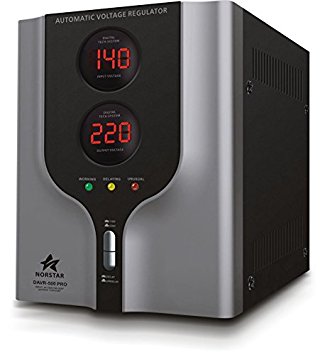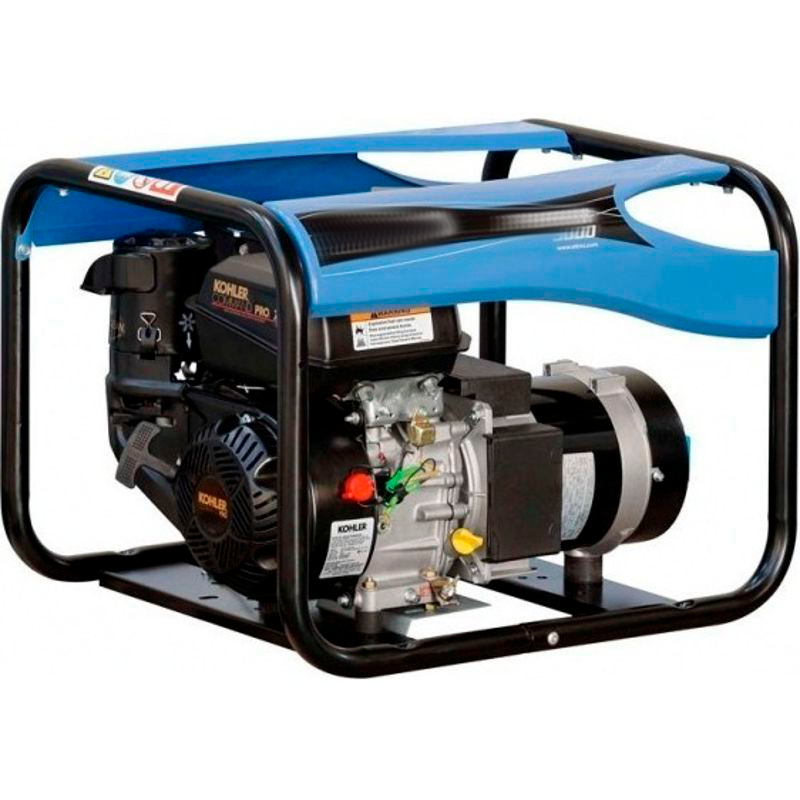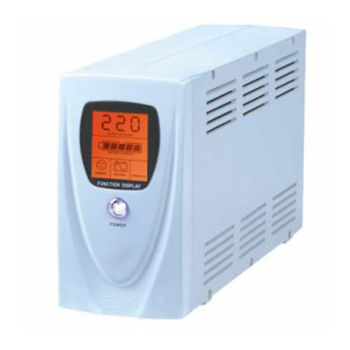Choosing The Right Voltage Converter For You

by
DVDOverseas |
|

Power Converters (also called Voltage Converters) and Voltage Stabilizers are simple machines that allow anyone to convert the Voltage from a Wall Outlet to fit the Voltage of their appliance. Let's use a popular American product as an example to help you understand what a Power Converter will do for it. A standard US Vitamix Blender that you purchase from any US Store, for example, will only run on 110-120 Voltage because they are made in the USA and that is the voltage we use.
But, if you want to take that Vitamix Blender with you overseas to a foreign country, you will not be able to use it because not only do the Wall Outlets overseas look different than the plug on your blender, but the Voltage overseas is 220-240. This difference in Voltage is the main reason why it is not possible to use American products in foreign countries.
To fix this problem, you will need something that can convert the 220-240 Voltage down to 110-120 Voltage because that is what your item runs on; this is where the Power Converter or Voltage Stabilizer comes in. Some Power Converters are Two-Way Converters: This just means that it can bring Voltage down and it can also bring Voltage up. In other words, it's a Step-Up & Step-Down Two-Way Converter. Other Power Converters are only One-Way Converters: This just means that it can only bring Voltage down. In other words, it's a Step-Down One-Way Converter.
The reason there are two types is because many people do not need a Two-Way Converter. If someone is only looking to use an American appliance in a foreign country, then they only need a Step-Down converter because they just need to bring the foreign 220-240 Voltage DOWN to their appliance's 110-120 Voltage requirement. Plus, Two-Way Converters always cost more than One-Way Converters.

Voltage Stabilizers
There are only a few differences between Voltage Stabilizers and Voltage Converters. First, it is important to note that Voltage Stabilizers do the same thing that Voltage Converters do, with one added bonus: Voltage Stabilizers give out a stable output of power from whichever wall outlet they are plugged into. In other words, if you are travelling to a country that you know has an unreliable power source, a Voltage Stabilizer would be your preferred choice. This is because variances in power output can hurt your appliances or electronics. Here in the US, we have an incredibly stable power source, which is why Voltage Stabilizers are not needed in the US.
However, in some countries like India, parts of Europe, parts of Russia, and many countries in Africa, the power fluctuates up and down greatly and is quite unstable. So, to fix this problem, a Voltage Stabilizer is needed to give you a stable output of power, no matter how unstable the wall power source is. It's also important to keep in mind the fact that Voltage Stabilizers are not Backup Power Sources; meaning if there is a power outage, you will not be able to operate the Voltage Stabilizer the way you would be able to operate a Backup Power Generator.

Stand-Alone Power Generators
Although they are not as much in demand as Power Converters and Voltage Stabilizers, Power Generators can be life-savers for people travelling to countries that experience frequent power outages. In the picture on the left, the Power Generator shown is of the Gasoline feed type. This means that it uses Gasoline to give you Electrical power. So, what you would do is fill the tank on top with standard Gasoline, turn the Generator on, then connect your appliance or computer or electronics to the plugs on the side of the Generator, and that's how you would get power even during a neighborhood power outage. Some people even connect it directly into the fuse box in their home, but that is not necessary. Of course, since this Generator weights nearly 90 Pounds, it is difficult to ship and physically carry. Please keep this in mind prior to purchasing.

Power-Backup Systems
The benefit to having a Power Backup System in your home overseas, such as the one in the photo on the right, is that you can continue working on your computer or laptop even during a neighborhood power outage. The way the Power Backup works is quite simple: Connect the Power Backup to your wall outlet and leave it there to charge. Then, when a power outage happens in your neighborhood, just plug in your computer or laptop or TV and cable box into the Power Backup and you'll get power for a short amount of time (usually anywhere between 15-45 minutes, depending upon how much power your appliance or electronic takes from it). It's important to note that these Power Backup Systems are not Power Converters or Voltage Stabilizers; Power Backup Systems do not converter voltage and are only able to be used in foreign 220/240 Voltage countries overseas.
This entry was posted in no categories.